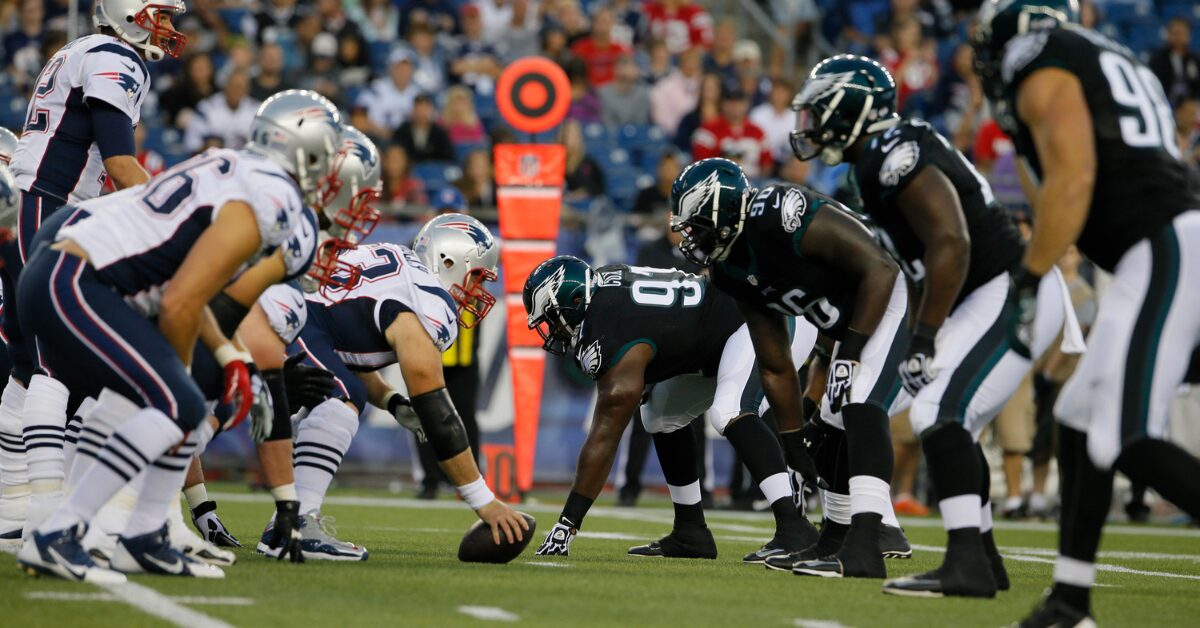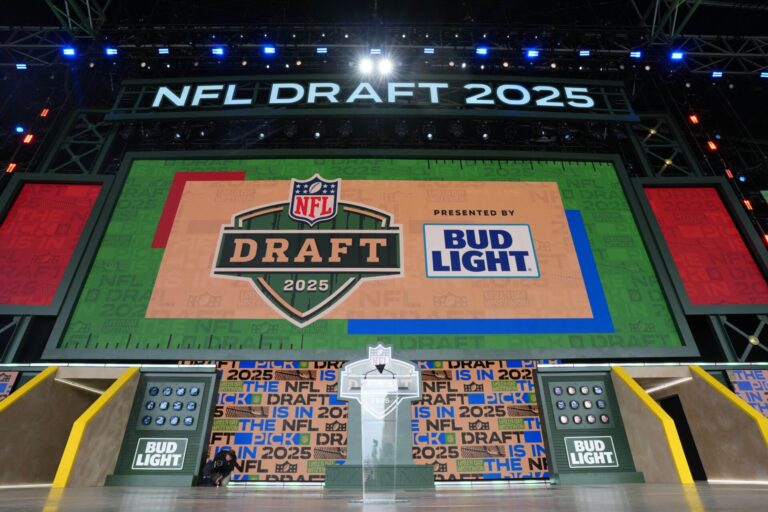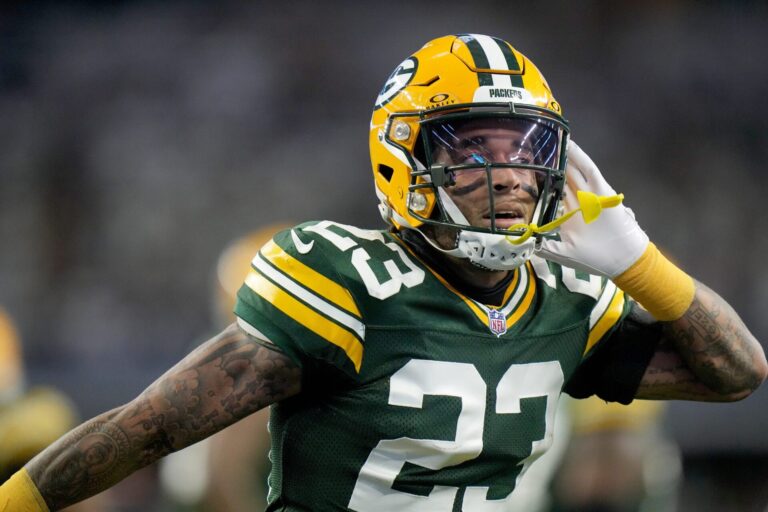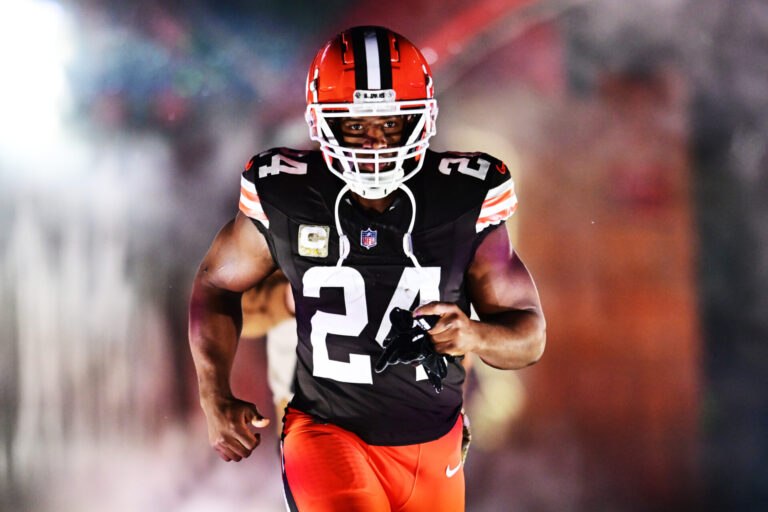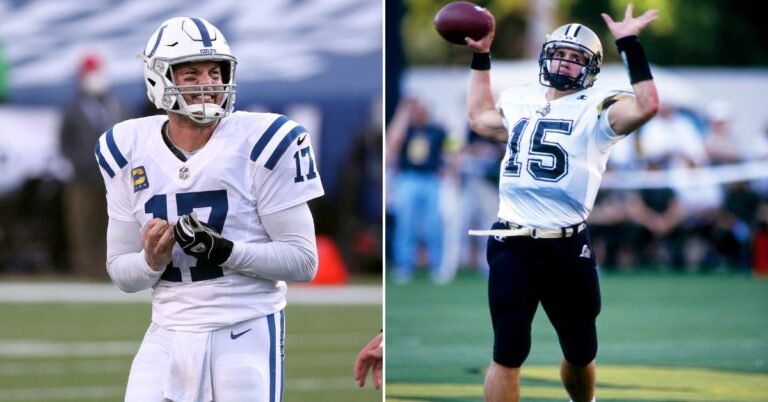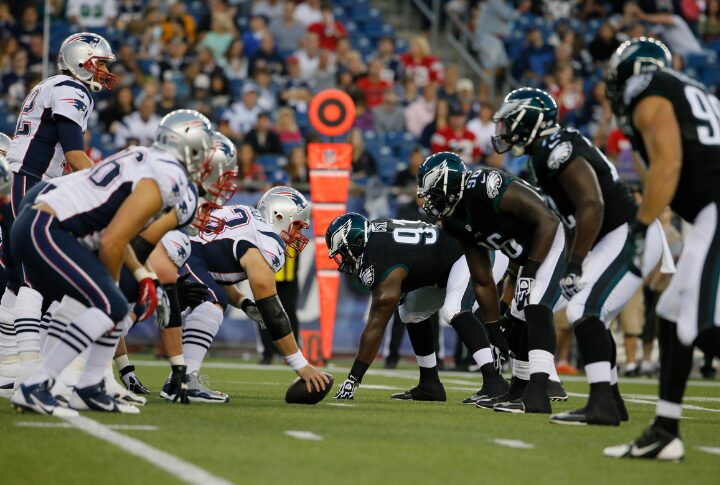
Football is more than strategy, strength, and speed—it’s defined by the rules that shape the game. Over the years, some NFL regulations have caused intense debates among players and fans. While these rules aim to create fairness, they’ve often led to controversy due to their complexity or unintended consequences. Here is a closer look at ten rules that have left a lasting impact, explaining their history, controversies, and how they’ve shaped the league’s evolution.
The Tuck Rule
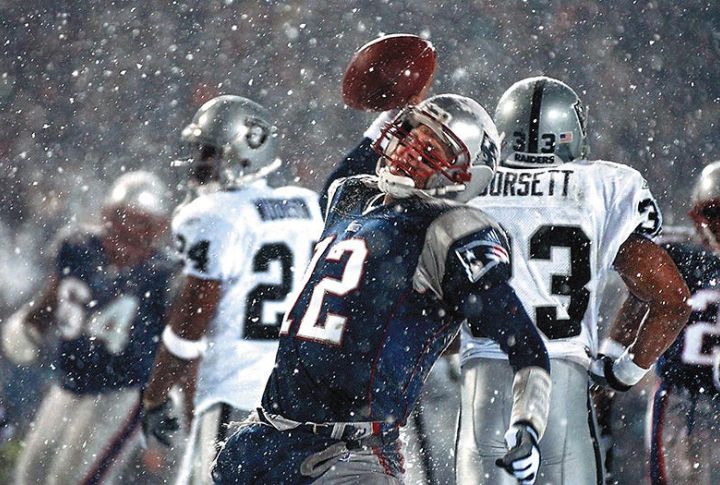
The Tuck Rule, introduced in 1999, determined that a quarterback’s throwing motion—even when they appeared to stop—could turn an apparent fumble into an incomplete pass. This obscure rule gained infamy during the 2001 AFC Divisional Playoff between the Raiders and Patriots. Tom Brady’s apparent fumble was overturned, allowing the Patriots to continue their playoff run.
The Helmet Rule
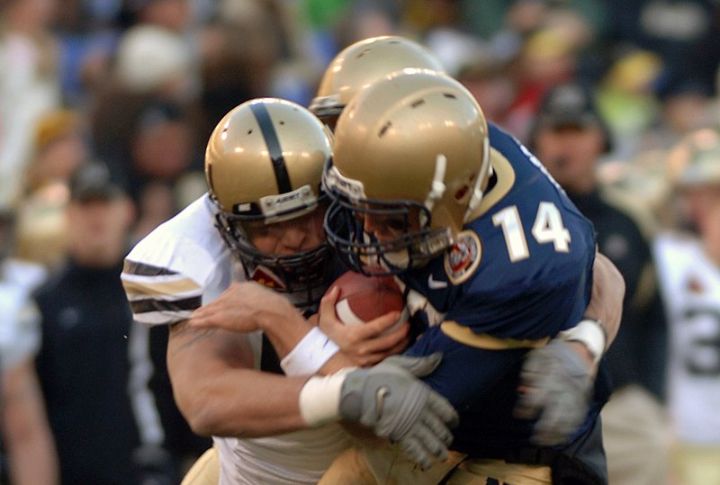
In 2018, the NFL introduced the Helmet Rule to enhance player safety by penalizing players who lower their heads to initiate contact. While the intent was to reduce head injuries, it quickly became a lightning rod for criticism. Defensive players claimed they were unfairly targeted since split-second decisions during tackles often made compliance difficult.
Pass Interference Challenges
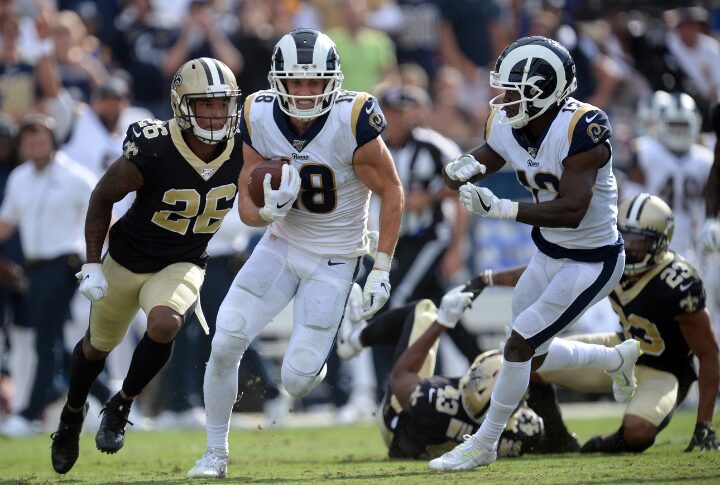
The 2019 season saw the introduction of a rule permitting coaches to challenge pass interference calls, inspired by the infamous missed call during the 2018 NFC Championship between the Rams and Saints. However, this rule’s implementation was far from smooth. Officials rarely overturned challenged calls, which led to frustration among coaches and fans.
Excessive Celebration Rules
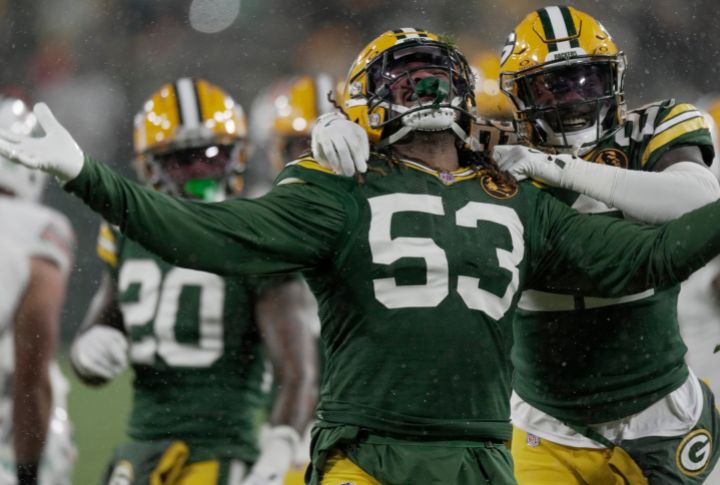
Dubbed the “No Fun League” by fans, the NFL’s crackdown on excessive celebrations in the early 2000s sparked widespread outrage. Players were penalized for creative celebrations like Terrell pulling a Sharpie from his sock or Joe Horn’s cell phone stunt. Critics argued these penalties stifled player individuality and entertainment value.
The Catch Rule
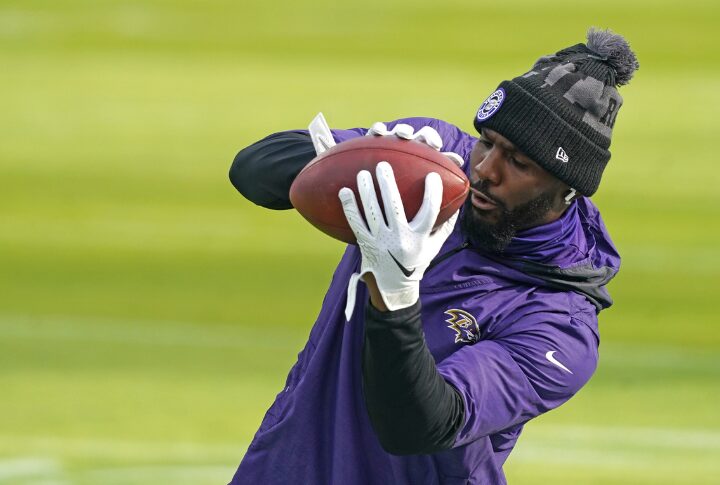
Under the pre-2018 rule, a receiver needed to maintain control of the ball through the entire process of going to the ground. High-profile incidents like Dez Bryant’s overturned catch in the 2015 playoffs exposed the rule’s inconsistencies. A 2018 rewrite aimed to simplify the criteria, but some argue it still leaves too much room for interpretation.
Overtime Rules
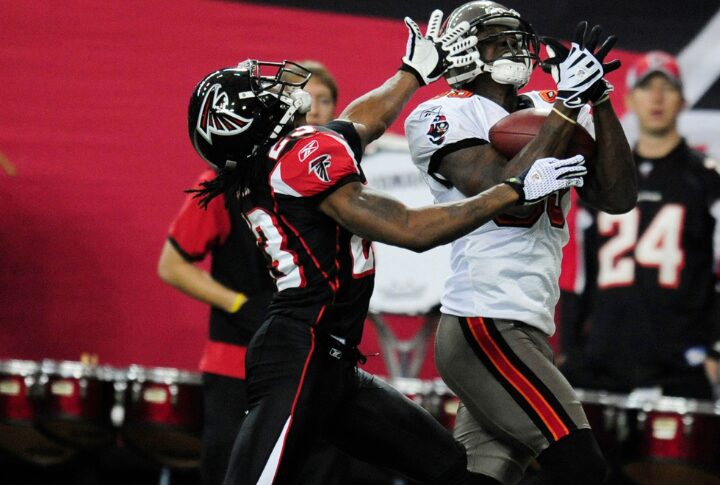
Before 2012, NFL overtime games followed a death format where the first team to score used to win, even if it was a field goal. This often gave an unfair advantage to the team winning the coin toss. The revised rules ensured both teams had a chance unless the first possession resulted in a touchdown.
Roughing the Passer
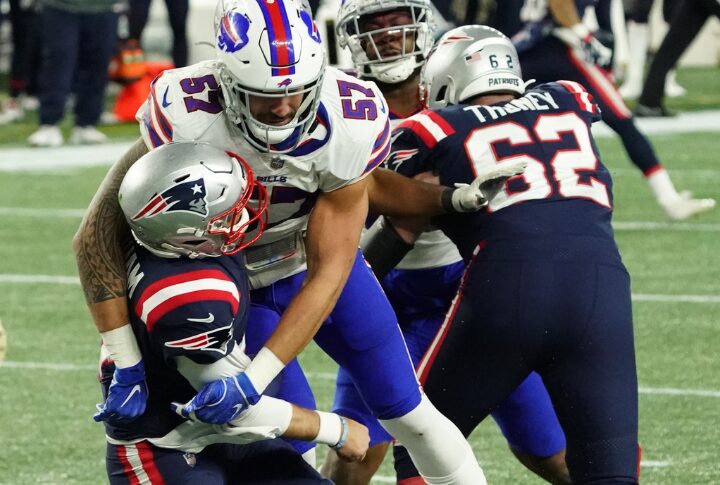
These are penalties meant to protect quarterbacks, but many argue the rule has gone too far. These calls often penalize defenders for routine tackles deemed too aggressive. A controversial call in 2022 against Grady Jarrett after sacking Tom Brady reignited debates over how the rule impacts gameplay. Players claim inconsistent enforcement disrupts the game flow.
Targeting and Ejections
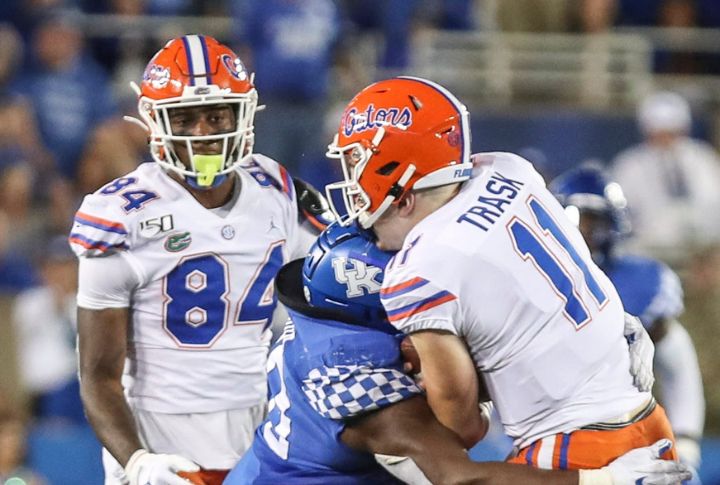
The targeting rule penalizes players for head-to-head hits and can result in immediate ejections. Though the intent is to prevent severe injuries, the rule has faced backlash for its harsh penalties and inconsistent enforcement. Defenders argue that incidental contact during high-speed plays is often unavoidable, yet they face severe consequences.
Intentional Grounding
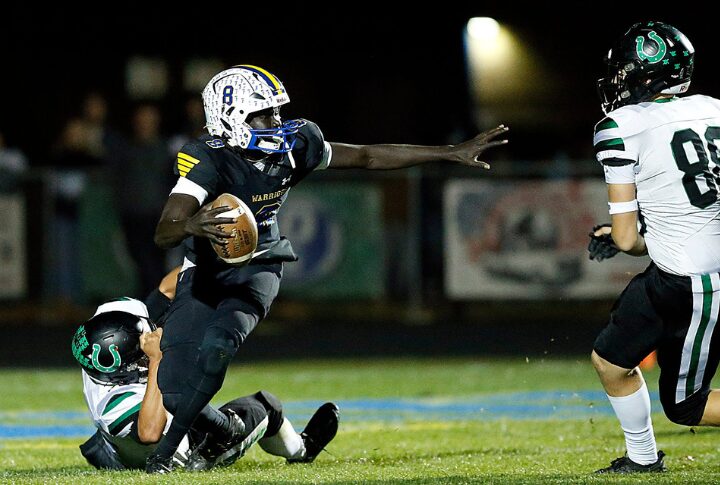
Quarterbacks under pressure often throw the ball away to avoid a sack, but intentional grounding rules punish them for doing so without a receiver in the area. This rule is meant to prevent unfair advantage. Moreover, in close games, these penalties can have significant consequences, leaving fans and analysts questioning their fairness.
Defensive Holding Rule
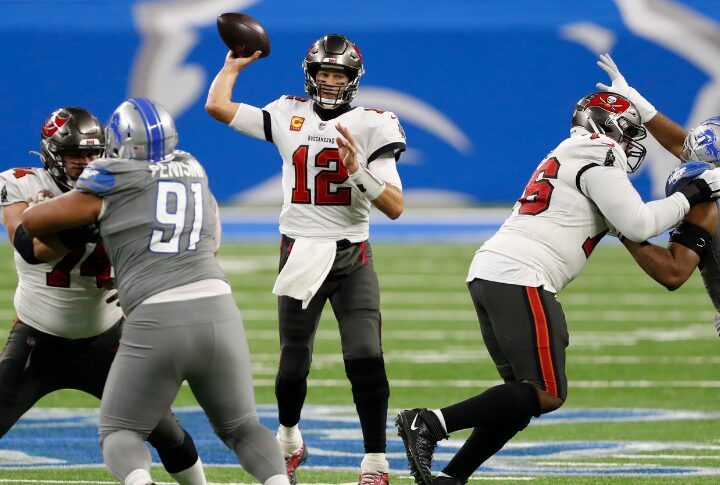
Defensive holding penalties occur when a defensive player illegally grabs or hinders an offensive player during a play. However, the rule became a point of controversy due to its subjective interpretation. Critics argue that its inconsistent enforcement, particularly in key moments, leads to confusion and frustration for both players and fans.


